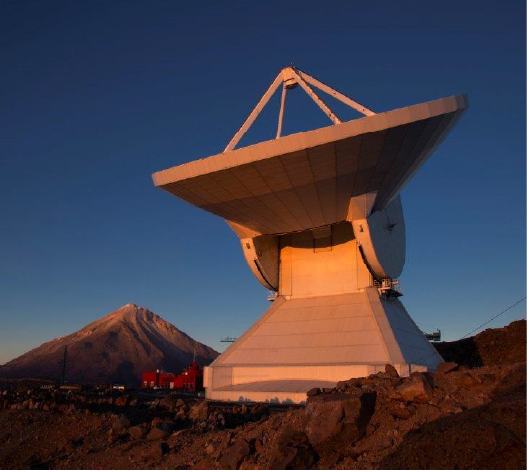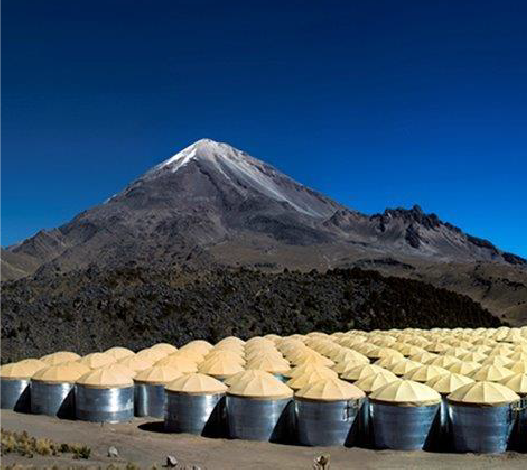INAOE
INAOE is heir to a great scientific tradition that dates back to 1942, when Luis Enrique Erro founded the National Astrophysical Observatory of Tonantzintla. At that time ...
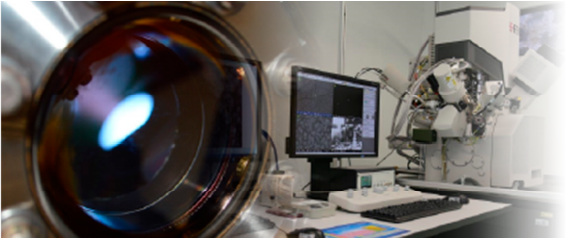
Research and Technological Development
The Directorate of Research and Technological Development contributes to the academic, scientific, and technological development performed at the INAOE to meet the ...
Read more

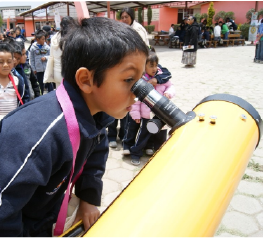
Outreach
The Liaison Office is in charge of carrying out and developing outreach activities inside and outside the INAOE, covering various functions ...
Read more
Posgraduate
Programs
One of the main objectives of INAOE since its creation is to prepare researchers, specialized professors, experts and technicians in the field ....
Read more
Contact
Luis Enrique Erro # 1, Tonantzintla,
Puebla, Mexico C.P. 72840
Phone number: (222) 266.31.00
Contact: difusion@inaoep.mx
Office hours: from 8:00 am to 8:00 pm
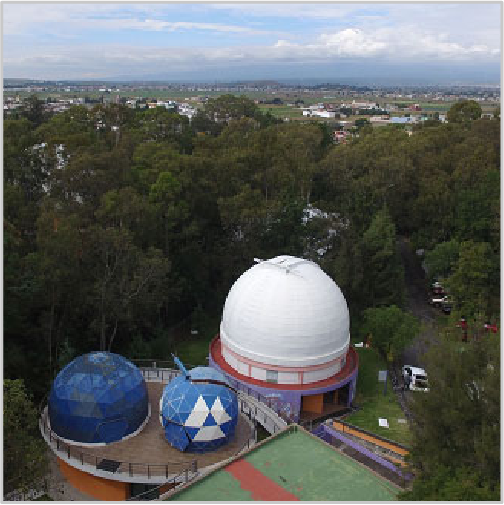
Luis Enrique Erro # 1, Tonantzintla, Puebla, México, Código Postal 72840, Tel: (222) 266.31.00, difusion@inaoep.mx
This work is licensed under a Creative Commons Attribution-NonCommercial-NoDerivs 2.5 Mexico License.






